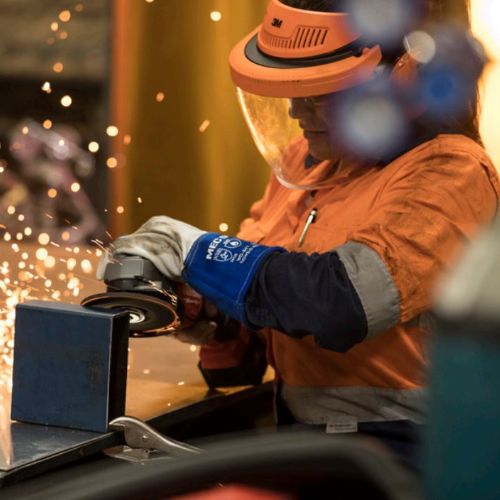How to Deal with Heat Stress in the Workplace
The Australian climate can be harsh, particularly when we're physically active or being exposed to hot environments. Working in these conditions demands constant maintenance of your personal cooling system. If we don’t, we face the risk of heat stress, which in turn can lead to heat to heat illness, injury or even death.
The body heats up from the reduced cooling effect of sweat evaporation and your heart rate increases. This in turn increases the amount of blood reaching the skin so that the sweat is able to cool us. However, loss of fluids reduces the cooling effect and raises the body core temperature, leading to heat stress.
It's not always obvious to know when you're suffering heat stress. It can creep up on you when it's dry or cool, or even if you’re not feeling hot or thirsty, which is why it’s so important to keep up your hydration throughout the day by drinking water and electrolytes constantly.
It’s also important to have the right workwear to keep you cool during the hotter seasons.
The symptoms of heat stress can range from fatigue, muscle spasms, clammy skin, feeling sick, rapid pulse or even fainting.
If you experience any of these symptoms, stop all activity immediately, go to a cool place and drink plenty of water until the symptoms cease.
A good prevention device is to check your own urine. Your urine should always be lighter in colour. If darker, you must drink fluids immediately.
If you're an employer, it is your responsibility to look after your staff from the effects of heat stress.
Here are a few things you should consider:
- Make periodic assessments
- Provide shade
- Rotate workers schedule to avoid sun
- Provide correct PPE
- Document and monitor programs
- Provide water, hydration fluids and supplements
If you’re an employee, it’s your responsibility to wear the PPE provided as well as keep yourself hydrated.
Given Australia has the highest incidences of skin cancer in the world, it is important to use sunscreen.
Twenty minutes prior to working outside, apply at least one teaspoon of sunscreen per limb and at least half a teaspoon to the neck, face and ears. Apply every 2 - 4 hours after, depending on how much you sweat.
Remember, prevention is always better than cure.

















